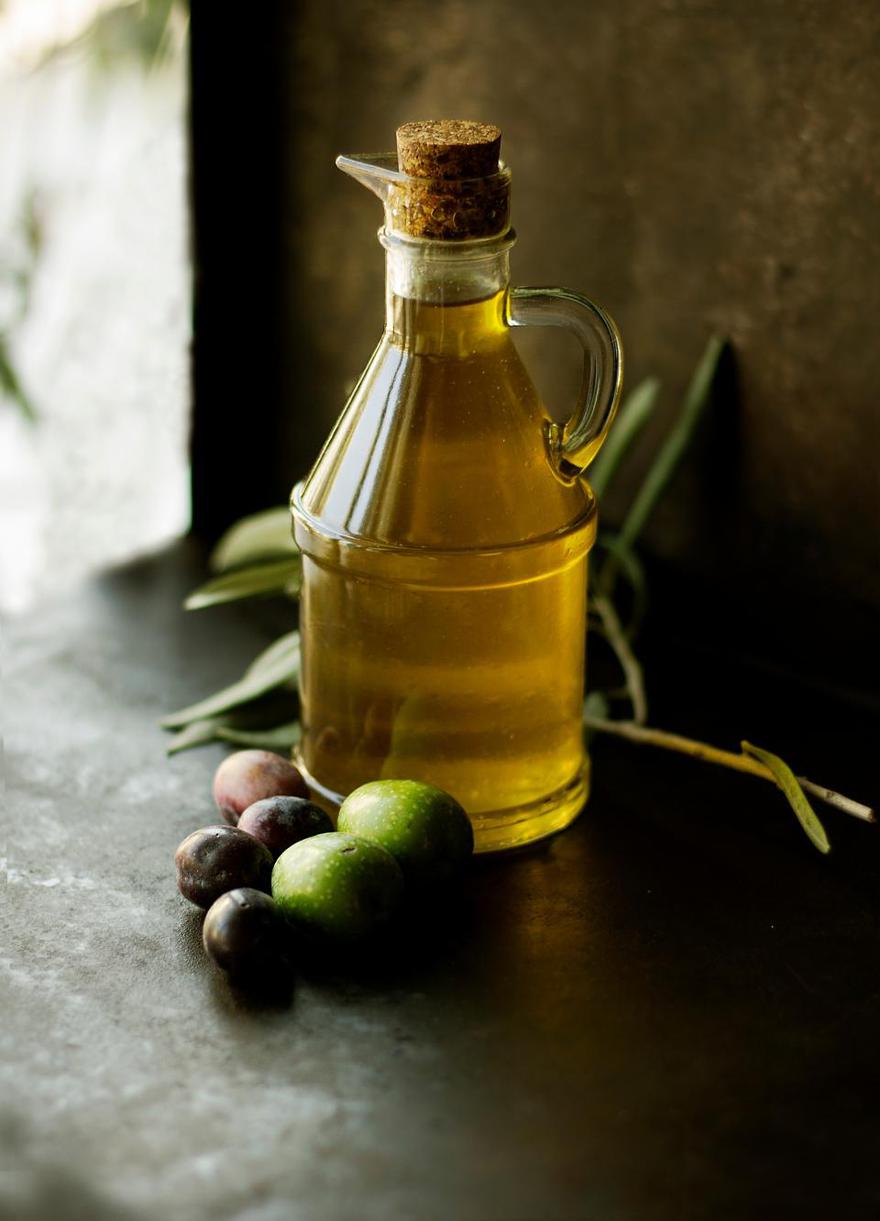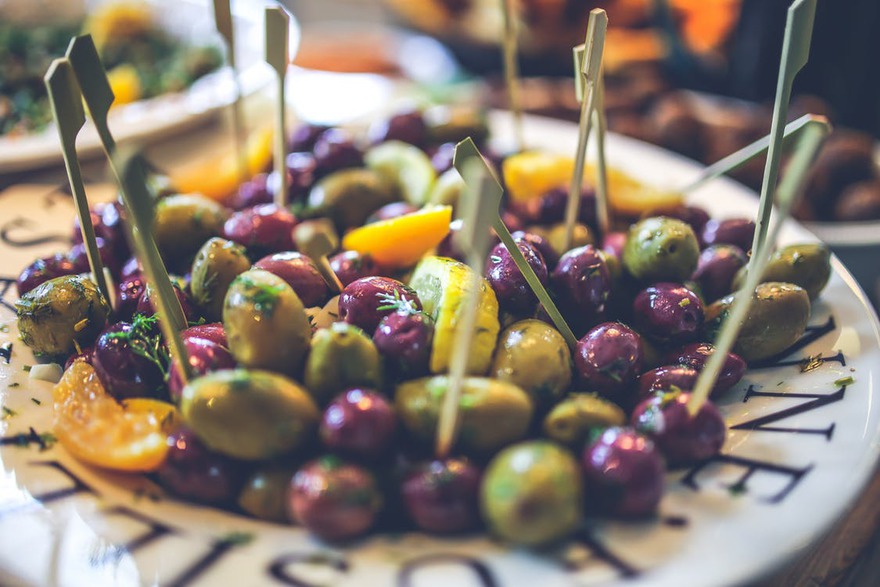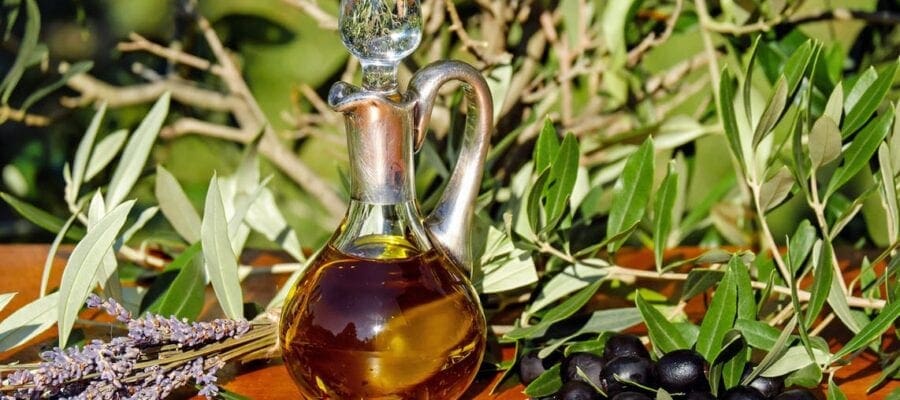Add a touch of Mediterranean glamour to your home – with an olive tree.
While the weather in the UK may leave little to be desired at the best of times, there is one way to add a touch of Mediterranean glamour to your home; with an olive tree. Adding an unquestionably beautiful touch to your garden, these trees not only bring the Mediterranean to the UK, but can also provide you with delicious olives for your recipes too!
With many often enthralled by this exotic plant, the question soon turns to, ‘how do I care for it?’, luckily the experts at the Olive Grove Oundle are on hand to share their advice on keeping your olive tree in tip-top condition all year round.
Position
The UK may be sun-challenged, but we do get enough sunlight to keep olive trees in suitable conditions – therefore, it’s best to position your tree in the sunniest spot in your garden.
Olive trees are very hardy and can withstand temperatures of -10°C, but when combined with a cold wind can ruin younger trees. Therefore, it is important to ensure that your position also provides suitable wind protection too.
It’s always recommended to cover your olive tree in winter to keep it protected from the harsh winter elements – just to be safe.

Planting
Olive trees will grow suitably well in most soil types, but it’s imperative that they have good drainage in place. Otherwise, this could lead the tree to suffer. When planting your tree in the ground, it’s advised that you dig around 50% larger than you need to. Once you’ve dug the hole, you should then fill the extra space with gravel before planting your tree. This process enables water to drain through to the gravel, rather than sitting in the roots.
Alternatively, you can to plant your tree in a container which has been partially filled with gravel or broken pot pieces. This allows excess water to drain when watering or feeding your olive tree.
Watering and Feeding
Once planted, olive trees are very self-sufficient, as you may not need to water it again. However, the exception comes if you plan to produce fruit from your tree, as you will need to ensure the soil does not become dry throughout the year, even in the winter months.
Your olive tree will not require feeding either once planted, providing that you’ve invested in a good compost.

Pruning
Olive trees do not require much pruning and can be trimmed as and when needed.
However, if you plan to produce fruit from your tree, then you will need to ensure that you prune your tree in late spring or early summer before the tree has flowered. You should look to remove dead, diseased or drying branches, and aim to thin out any branches to allow light to the centre of the tree. Caution should be maintained, as you could risk spoiling the shape of the tree and cause over-production of non-fruiting water shoots during flowering.
Growing Fruit
In order to grow fruit from your olive tree, they need to ensure a two-month period of cold weather (10°C or below) and a fluctuation between day and night time temperatures. Dry soil conditions can also restrict flowering, so watering during dry spells is essential.

You also need a lot of sunlight to produce olives. Natively, olives would be exposed to approximately 300 days of strong sunlight if growing in Spain or Italy. Unfortunately, the UK isn’t lucky to have such a warm climate. That said, there is enough sun to produce olives, but you may only be rewarded with fruit when we have had a good spring/summer.
Olive Trees are self-pollenating however, the flowers are pollinated by the wind. You can try shaking the branches during flowering, as this can increase the chances of fruit being produced.
Excessive pruning can reduce flowering too, as the fruit is produced at the tips of the previous year’s growth. Ideally, you want to have three or four pieces of fruit per one foot of branch within the first three weeks of flowering. This will ensure they won’t ripen and drop prematurely.





